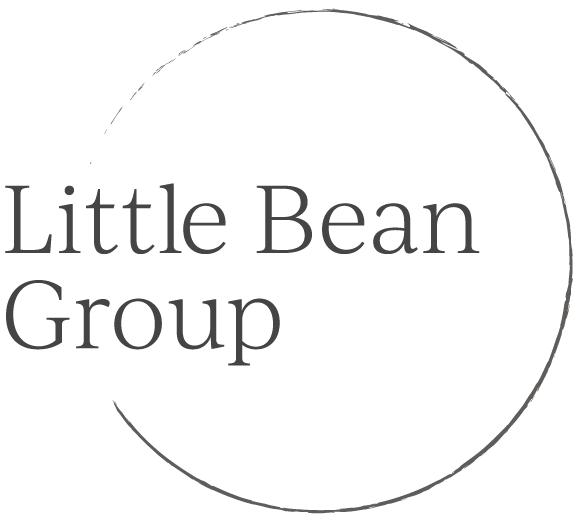With so much focus on hiring and retaining employees, I reached out to my friend and former colleague, Anne Dean, for her thoughts and insights. Anne is Assistant Vice President, Strategic Advancement Solutions at the George Washington University. She is a thoughtful manager, a tremendous partner and colleague, and a brilliant thinker. There is literally no problem that Anne can’t solve. I am delighted that she has shared her thoughts for those looking for jobs and those hiring. Her thoughts are applicable to those who are seeking positions in development as well as other fields.
As manager in the development field since 2013, I have overseen multi-person teams, hired dozens of people and reviewed hundreds of resumes and cover letters. As we start to have more room in budgets to hire, we anticipate an uptick in staff shifts in the nonprofit fundraising industry. I am sharing my how-to-be-noticed application material insights beyond the basics.
1. At nearly all costs, address your cover letter to a person who works in the organization. This shows you care and care enough to go beyond “To whom it may concern.” Ideally, the person you address your cover letter to is the hiring manager, but sometimes that person is not findable and you will have to take a leap and put the chief advancement officer instead. Ways to find the hiring manager…
- The title of who the posted position reports to is sometimes listed in the posting, start googling. Take your time, do your research to find a real person cross-referencing the organization’s website and LinkedIn for the most accurate person and their title.
- If the posting was touted on social media or a listserv by a particular person, you may be able to assume that person is the hiring manager. If you know them well enough, don’t hesitate to reach out and ask directly!
- Review the organization’s website and LinkedIn and take an educated guess based on the position’s title and office to hone in on a possible future boss.
**Remember – we are expected to be strong relationship managers and skilled at relationship building in this industry. Let’s put those practices in place from the beginning.
2. Cover letters need to be short. For me, this means three paragraphs maximum
- An introduction with excitement that quickly relates your personal passions to the organization
- A middle paragraph highlighting experience that relates to the position that isn’t clearly obvious from your resume or is worth specifically calling out.
- A closing paragraph with excitement tying together that personal passion and work experience
3. Focus on the details in your application and interview materials to set yourself apart.
- So many of our jobs in fundraising are about details. Details with donors, details with faculty or program officers, details in data. Consistently nailing details in the hiring process showcases you can do that in the job as well.
- Don’t say Georgetown if the position is at GW. Don’t use GWU if the organization uses GW. Go beyond the organization URL and look at how they reference themselves in press releases to get to preferred reference.
- While looking at those press releases, note big changes in leadership, recent big gifts, recent milestones, key initiatives that kicked off. Paying attention to detail matters.
4. Always have (real) questions in the interview. Always.
- The best questions are specific to the role, to the hiring manager, to the team – relating those to recent big changes, big gifts, milestones, initiatives that help demonstrate you have invested in the process and are ready to invest in the organization.
- If there was a point in the interview where you felt you and your interviewer weren’t on the same page about an answer, this is a spot to acknowledge it and ask a follow up. This shows a huge amount of professionalism and self-awareness.
5. A word about thank you notes
- We are in a business where follow up is critical. Call me old fashioned but sending a thank you email after an interview takes 10 minutes to write and allows you to connect what you heard in the interview with your skills. Stephanie has thoughts about writing thank you notes to donors here.
- Keep the thank you short and as personal as you can make it. If you met with a slew of people, it may be challenging to find one detail for one person but it’s worth it.
- I might not remember every thank you note I receive in the interview process, but I do remember when I don’t get one and those moments give me pause. In a broad landscape of folks and in an industry where engagement points are key, send the email!
I’m grateful to Stephanie Schwartz for letting me jump in on the Little Bean Group fun. Reach out! I’m this Anne Dean.
